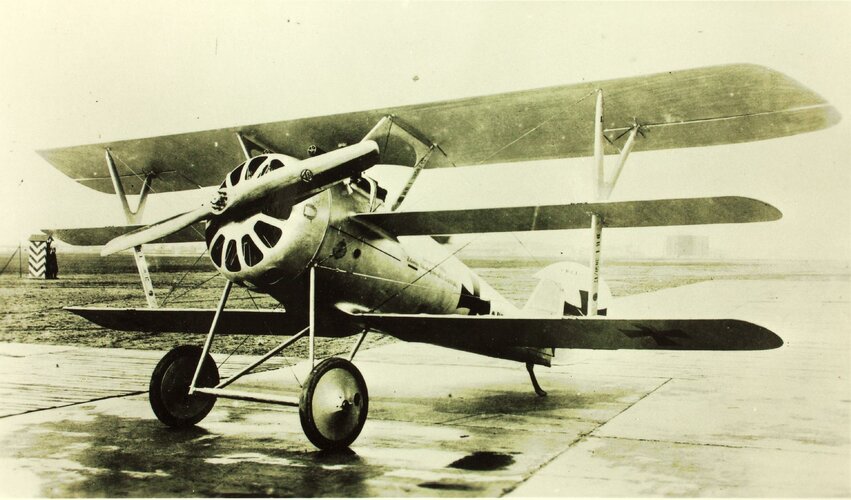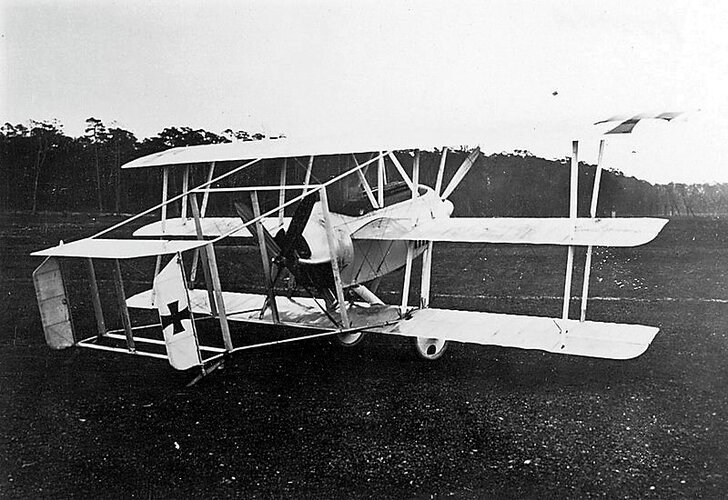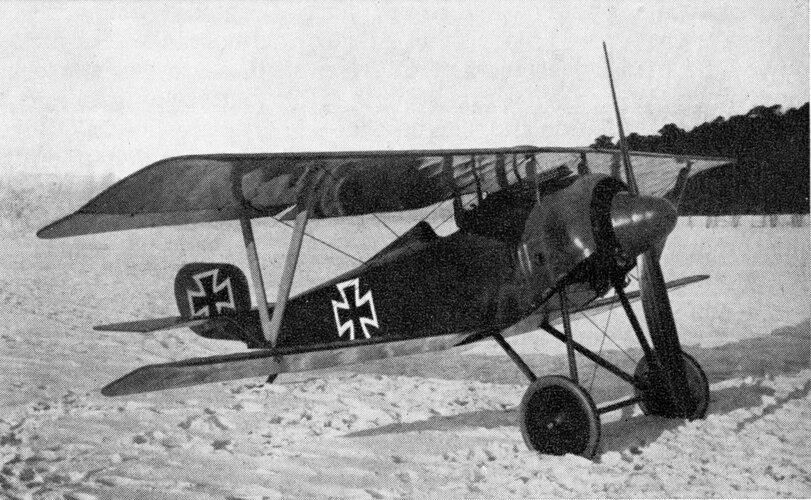Fokker Dr. I Genesis/Brief Summary of Leon Bennett's Perspective
Hi everyone,
I recently read "Three Wings for the Red Baron" by Leon Bennett. Quite a fascinating and surprising book, but I'm not sure how much of it is speculation and how much can is based on a solid foundation of verifiable sources.
Basically, the author claims that von Richthofen personally tried to pull strings to get a triplane into service, mostly because he felt that the Albatros fighters he was flying were not up the Sopwith triplane in terms of climb and turn performance, and also hampered by a weak lower wing that limited its diving speed.
The triplane at the time was a more or less well-understood concept, with contemporary studies showing that the layout offered only minor aerodynamic advantages confined to a narrow part of the envelope - near maximum lift coefficient, to be precise -, while suffering from a disadvantage in the form of higher drag than biplane or monoplane configurations throughout the rest of the envelope.
However, due to von Richthofen pulling the strings, two engineers of the Inspektion der Fliegertruppen took up studying the triplane - one aerodynamics specialist, one structures specialist. Basically, they agreed with conventional wisdom on triplanes, but still set out to sketch a triplane that would make the most of the configuration, based upon the secondary advantage of a triplane configuration to allow good strength at very low structural weight (due to the small moment arms of the short-span wings, and due to the opportunity to build the wing arrangement as an threedimensional spaceframe of spars, struts and bracing wires).
In the end, the aerodynamics specialist designed (or selected) a thick wing section particularly suited for the triplane configuration, and the structures specialist drew up a triplane with a large middle wing and small top and bottom wings, well-braced with a multitude of struts and wires. The expectation was that the fighter could not hope to compete in terms of top speed, but due to its low weight would exhibit excellent climb rates even on a relatively low-powered rotary engine, and great turn rates as well.
The Inspektion der Fliegertruppen turned over their draft to Anthony Fokker, who then proceeded to go for a completely different design, neither keeping the basic wing arrangement, the heavy wire bracing, nor the specialized airfoil. No reason for this is provided by Bennett (and Fokker's decisions generally don't seem to be well-documented elsewhere, either).
Anything you could add to this would be appreciated!
Regards,
Henning (HoHun)
Hi everyone,
I recently read "Three Wings for the Red Baron" by Leon Bennett. Quite a fascinating and surprising book, but I'm not sure how much of it is speculation and how much can is based on a solid foundation of verifiable sources.
Basically, the author claims that von Richthofen personally tried to pull strings to get a triplane into service, mostly because he felt that the Albatros fighters he was flying were not up the Sopwith triplane in terms of climb and turn performance, and also hampered by a weak lower wing that limited its diving speed.
The triplane at the time was a more or less well-understood concept, with contemporary studies showing that the layout offered only minor aerodynamic advantages confined to a narrow part of the envelope - near maximum lift coefficient, to be precise -, while suffering from a disadvantage in the form of higher drag than biplane or monoplane configurations throughout the rest of the envelope.
However, due to von Richthofen pulling the strings, two engineers of the Inspektion der Fliegertruppen took up studying the triplane - one aerodynamics specialist, one structures specialist. Basically, they agreed with conventional wisdom on triplanes, but still set out to sketch a triplane that would make the most of the configuration, based upon the secondary advantage of a triplane configuration to allow good strength at very low structural weight (due to the small moment arms of the short-span wings, and due to the opportunity to build the wing arrangement as an threedimensional spaceframe of spars, struts and bracing wires).
In the end, the aerodynamics specialist designed (or selected) a thick wing section particularly suited for the triplane configuration, and the structures specialist drew up a triplane with a large middle wing and small top and bottom wings, well-braced with a multitude of struts and wires. The expectation was that the fighter could not hope to compete in terms of top speed, but due to its low weight would exhibit excellent climb rates even on a relatively low-powered rotary engine, and great turn rates as well.
The Inspektion der Fliegertruppen turned over their draft to Anthony Fokker, who then proceeded to go for a completely different design, neither keeping the basic wing arrangement, the heavy wire bracing, nor the specialized airfoil. No reason for this is provided by Bennett (and Fokker's decisions generally don't seem to be well-documented elsewhere, either).
Anything you could add to this would be appreciated!
Regards,
Henning (HoHun)



